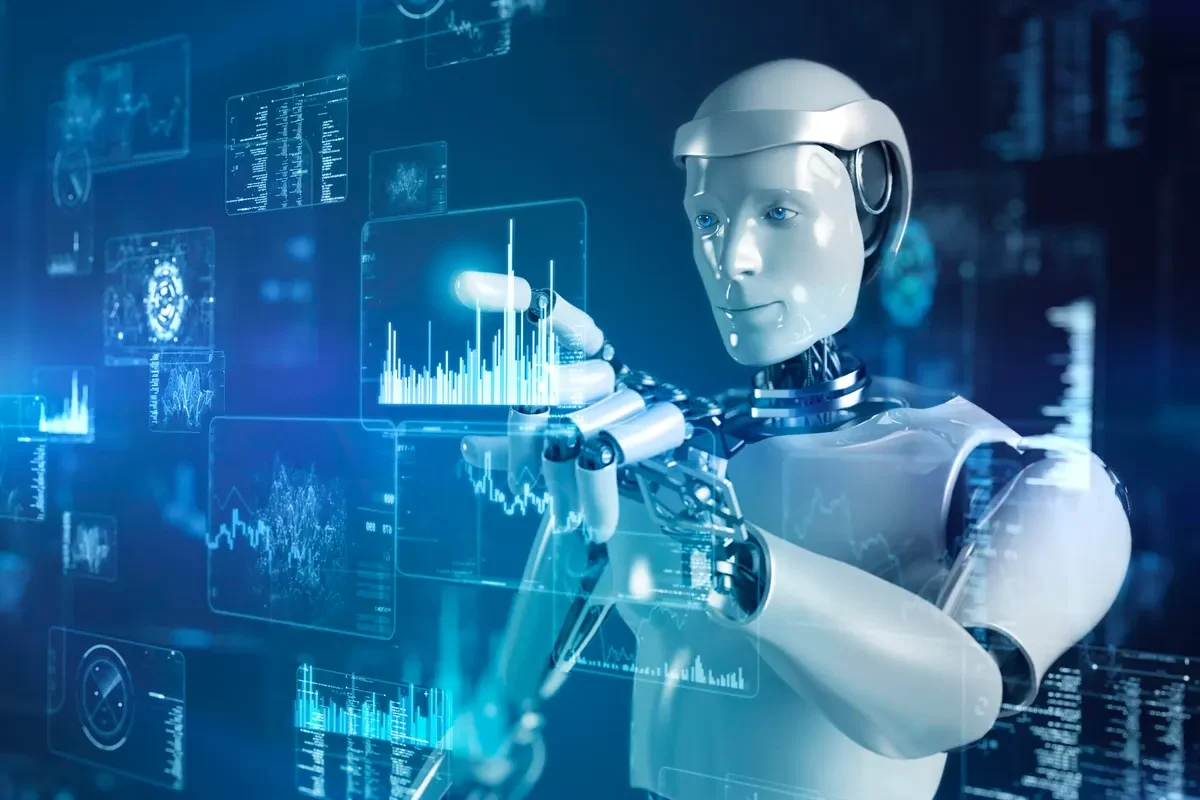RPA
Robotics Process Automation
Get your ideal RPA with our team of experts
About Robotics Process Automation
Technology that can go far beyond
RPA can help adapt software technology to make it easy to build, deploy, and manage software robots that simulate human actions when interacting with digital systems and software via RPA



Technology that can go far beyond
It is a technology that allows businesses to use software bots to automate repetitive, manual, and time-consuming tasks. These bots can imitate human actions such as logging into systems, copying and pasting data, and adhering to predefined rules and processes in order to complete tasks faster, more accurately, and with less human intervention. Power Automate based RPA increases efficiency, decreases errors, and allows employees to focus on more strategic tasks.
Our Technologies







How does RPA work?
- Power Automate based RPA works by using software bots to automate repetitive, manual tasks. The steps below outline the basic process of how RPA works:
- Process identification is the process of identifying manual, repetitive, and time-consuming processes that can be automated with RPA.
- Bot Development entails creating software bots with RPA tools like UI Path, Automation Anywhere, or Blue Prism. These tools offer a graphical interface for building bots and defining their rules and workflows.
- Bot Deployment is the process of deploying bots to the appropriate systems and applications. Bots can interact with these systems in the same way that humans do, such as logging into an application, copying and pasting data, and following predefined processes.
- Bot Execution is the process in which the bots begin executing the defined processes, working without breaks or errors 24 hours a day, seven days a week.
- Bot monitoring is the ongoing monitoring and maintenance of bots to ensure that they continue to function correctly and effectively.
- RPA bots can collaborate with other technologies like artificial intelligence (AI) and machine learning (ML) to provide even more sophisticated automation capabilities.

Principle of RPA:

Data Accuracy & Consistency

Security and Data Privacy

Integration Existing Systems

Automation of Repeatable Tasks
\ What You Get \
Benefits of RPA:
24/7 Availability
RPA bots can work around the clock without taking breaks, providing 24/7 support and increasing overall productivity.
Compliance
By automating processes and reducing the risk of human error, RPA can help organizations in ensuring compliance with regulations and standards.
Agile Workforce
By automating manual procedures and freeing up valuable resources, RPA can help organizations become more agile and responsive to evolving business requirements.
Scalability
To meet evolving business requirements, RPA can be easily scaled up or down.
Increased Efficiency
RPA can automate manual, repetitive tasks, allowing employees to focus on higher-value tasks and improving overall process efficiency.
Improved Customer Satisfaction
RPA can boost responsiveness and accuracy in customer-facing procedures, which leads to higher levels of satisfaction.
Cost Savings
By eliminating the need for manual labor, RPA can significantly reduce labor costs while also increasing efficiency, resulting in cost savings for the organization.
Reduced Error
RPA automates tasks that are prone to human error, such as data entry and processing.
Let's Connect and Make Things Happen
Get in touch with us to discuss how we can work together to bring your ideas to life.

\ FAQ\
Frequently Asked Questions
RPA can benefit your business by automating repetitive tasks, reducing manual errors, improving process efficiency, enhancing customer service through faster response times, and allowing your employees to focus on higher-value tasks.
Business processes involving high volumes of repetitive tasks, data entry, data migration, reconciliation, and data extraction are often well-suited for RPA implementation. However, a thorough analysis is needed to identify the best candidates.
Businesses should consider challenges such as process complexity, change management, ensuring data security, selecting the right processes for automation, and integrating RPA with existing systems.
Yes, RPA technology can work in collaboration with human employees. RPA can handle routine tasks, while human employees can focus on tasks that require creativity, critical thinking, and human interaction.
RPA can lead to a shift in employee roles, as some routine tasks are automated. However, it often creates opportunities for upskilling and reskilling, allowing employees to take on more strategic roles within the organization.

